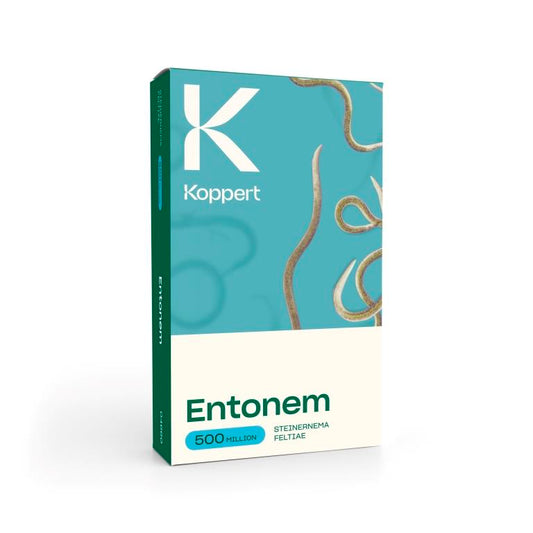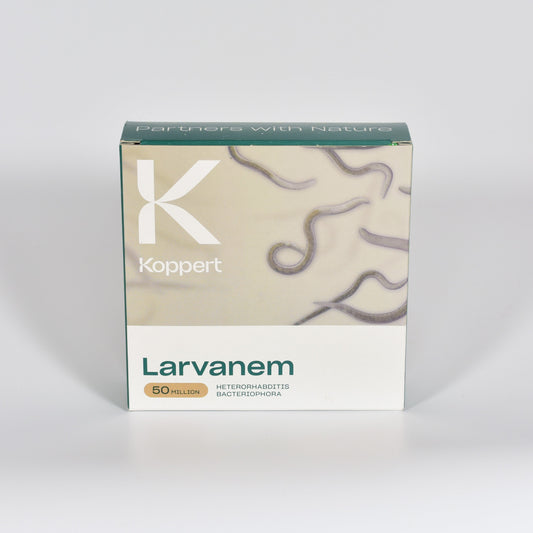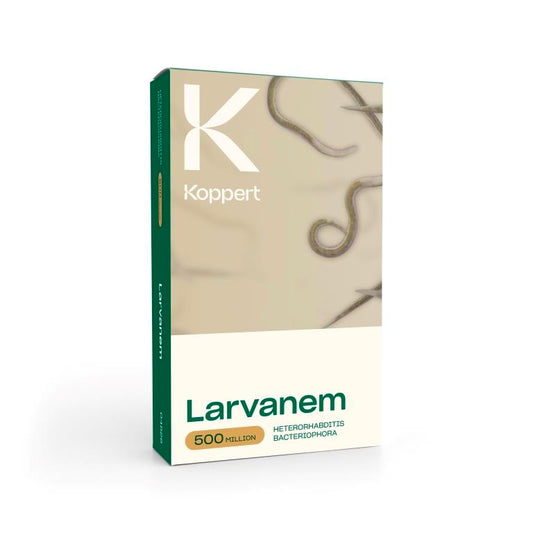
How to recognize cockchafer
The common cockchafer is an average sized beetle with a length up to 3 centimeters. The legs and cover shield are chestnut brown. The entire body is covered with fine, white hairs. The segments of the black abdomen have triangular white spots on each side. The antennae are orange-brown and have brush-like endings. The larvae are yellow-white and have a brown head with large pinchers. In the last stage they can reach lengths of 4.5 centimeters. Larvae will roll up when picked up.
Adult cockchafers fly from the end of April to half June. They are nocturnal and are attracted to light sources (e.g. sport field lighting). Eggs are deposited deep in the ground. After laying eggs, the female will fly back to the tree to feed, after which more eggs are deposited. This cycle is repeated maximum three times, after which the female dies. Larvae will emerge from the eggs after 4 to 6 weeks and develop in three years into pupae. Because of their perennial development time, multiple life stages can be found in the soil.
Cockchafer damage
The adult beetles feed from oak and beech leaves, which causes damage only when the beetles occur in large numbers. Common cockchafer numbers have dropped in recent years due to insecticide use. In the last few years numbers are on the rise, mainly in the east of the Netherlands. The larvae are called grubs. They feed from plant roots and can cause major damage to gardens and grass fields. Characteristic brown spots due to withering plants emerge in fields and gardens. Extra damage is caused when birds and other insects feeders burrow the soil in search of larvae.
In winter larvae crawl deep into the soil and during the rest of the year they will feed from plant roots.
Products against Cockchafer
-
ENTONEM - 50 M
Vendor:KoppertRegular price €35,37 EURRegular priceUnit price / per -
ENTONEM - 500 M
-
LARVANEM - 50 M
Vendor:KoppertRegular price €36,75 EURRegular priceUnit price / per -
ENTONEM - 2500 M
-
LARVANEM - 500 M
-
Cockchafer life cycle
crawls from soil from end of april to feed on trees
up to 20 eggs per female, deposited in the soil
larvae develop in three stages, each lasts a year
3rd larval stage pupates in July and overwinters as adult underground
egg to adult in 3-4 years -
Cockchafer host plants
adult beetles feed on beech, oak and common hornbeam
vegetable crops, such as lettuce
grass fields
tree plantations
fruit trees
sport fields
-
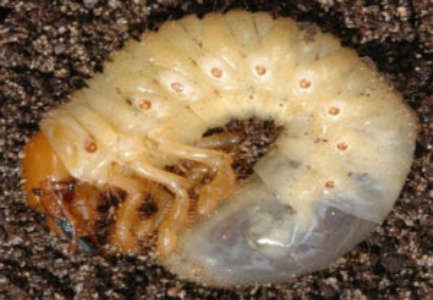
Cockchafer larva
-
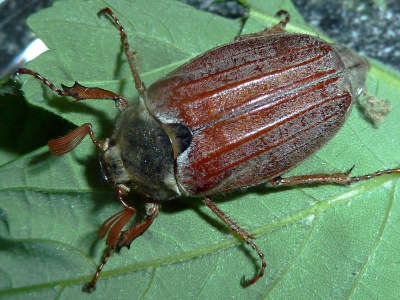
Adult cockchafer


